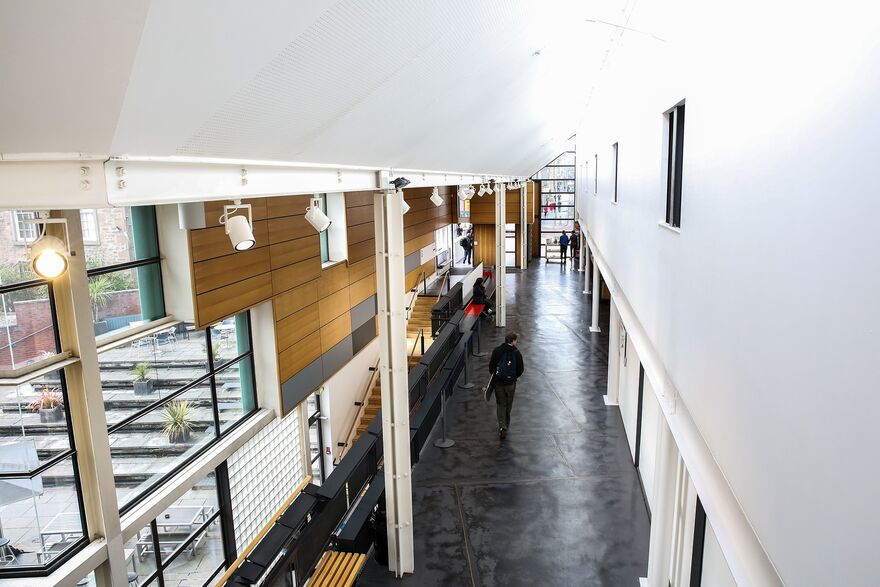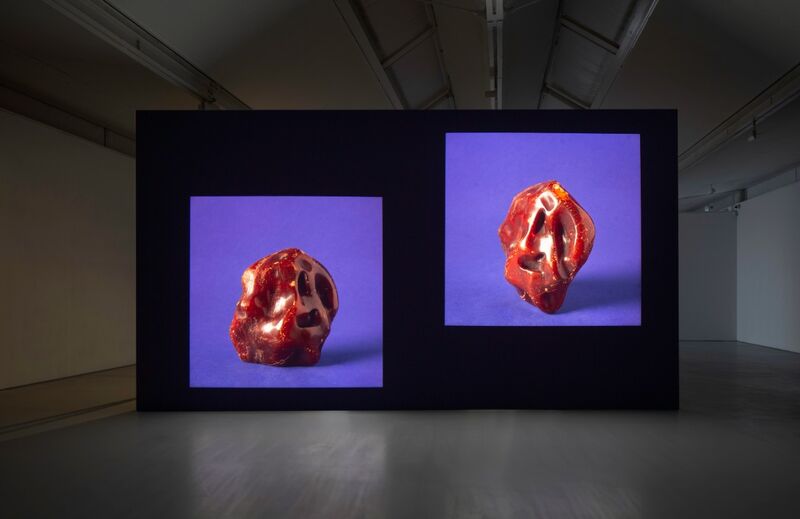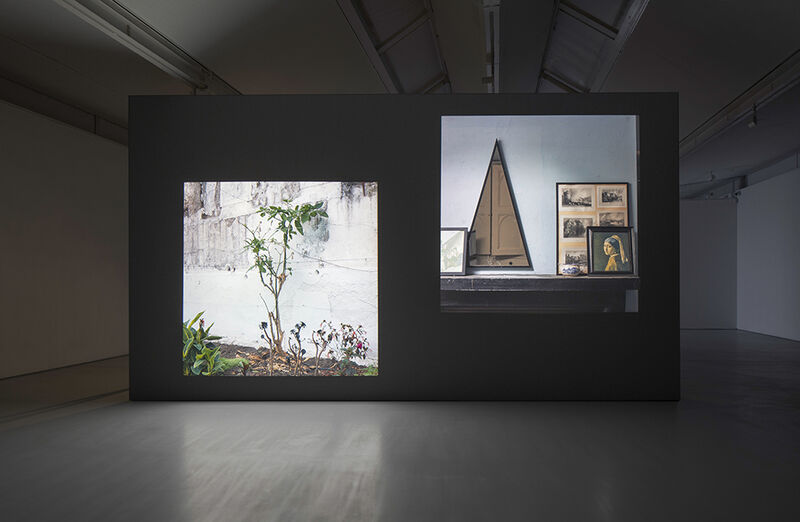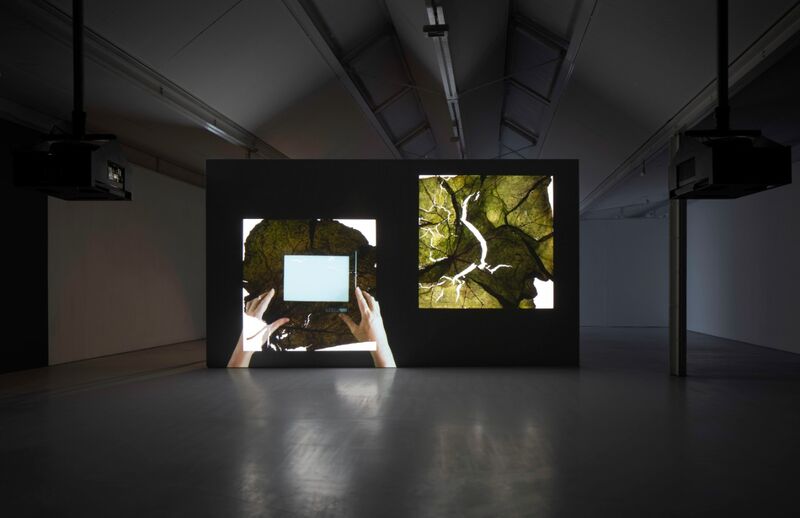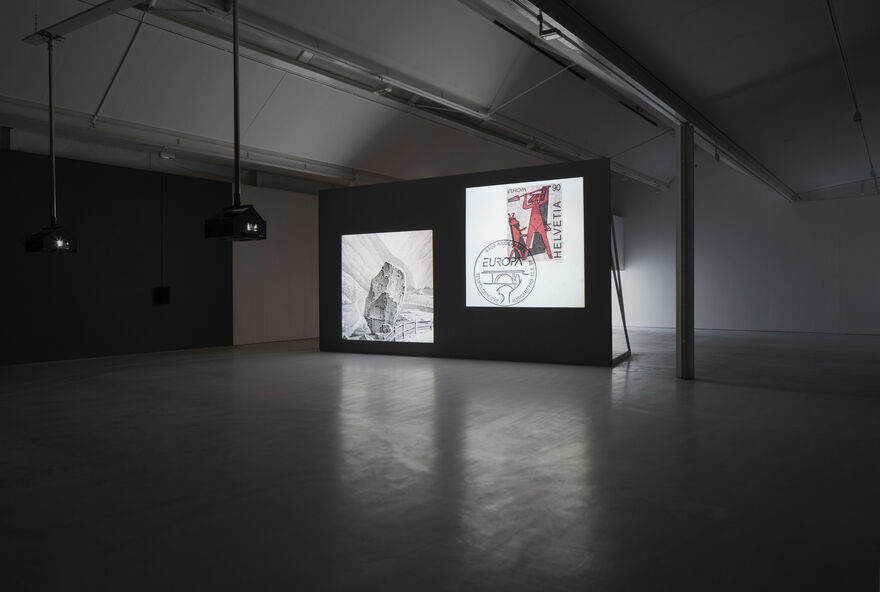
Stuart Whipps
If Wishes Were Thrushes, Beggars Would Eat Birds
12 September - 08 November 2020
This exhibition comprised a newly commissioned body of work by Birmingham-based artist Stuart Whipps, exploring specific histories within plants and minerals in different parts of the world.

Whipps is known for often making work about things he does not understand or skills that he does not readily possess. This practice of rigorous curiosity and learning has resulted in projects slowly unfolding where the artist has trained in various other professions and disciplines. In recent years this has included restoring a 1979 Mini with the assistance of former British Leyland workers, learning to make geological thin sections at the University of Birmingham and working with a seventeenth-century sign language devised by Sir Christopher Wren.
At the heart of this exhibition is an exploration of a selection of gardens, and characters and stories connected to them. Through installation, photography, film and sound, Whipps explores ideas of cultivated landscapes through different timeframes and personal narratives connected to specific sites and materials.
The artist's voice gently guides visitors through a choreographed sequence of moving images projected across a range of digital and analogue forms. This narration gathers together histories and stories from Scotland, Ireland, England, France, Switzerland and Mexico, whilst macro and micro images move from industrial scenes of limestone quarrying and cutting, to minute details of leaf veins and organic plant structures.
Within this new research, the artist seeks to question the seeming neutrality of materials such as plants and stones. With this work, Whipps invites us to consider how people have worked with materials over vast periods of time, whether through practical practices of resource extraction or through wider political frameworks of empire building and colonial thinking.

About the artist
Stuart Whipps (b. Birmingham, 1979) has undertaken the following solo exhibitions in recent years: The Kipper and the Corpse, Ikon Gallery, Birmingham, 2019; Isle Of Slingers,Spike Island, Bristol, 2016; Photo Colour Services, Ithuba Gallery, Johannesburg, South Africa, 2015; Birth Springs, Death Falls, Flat Time House, London, 2013; Why Contribute to The Spread of Ugliness?, Ikon Gallery, Birmingham, 2011; and New Wooabbeleri, Focal Point Gallery, Southend-On-Sea, 2010.
Group projects and exhibitions include: City Club, MK Gallery, Milton Keynes, 2019; 4.543 Billion. The Matter of Matter, CAPC, Bordeaux, 2017; Portrait (for a Screenplay) of Beth Harmon, Tenderpixel, London, 2017; and most notably, he was selected for British Art Show 8, 2015 - 2017, widely recognised as one the most ambitious and influential exhibitions of contemporary British art.
His works are held in collections such as Arts Council England, British Museum, New Art Gallery Walsall, Deutsche Bank and Birmingham Central Library.
Exhibition Notes
Listen to an audio version of the Exhibition Notes for Stuart Whipps: If Wishes Were Thrushes, Beggars Would Eat Birds here.

